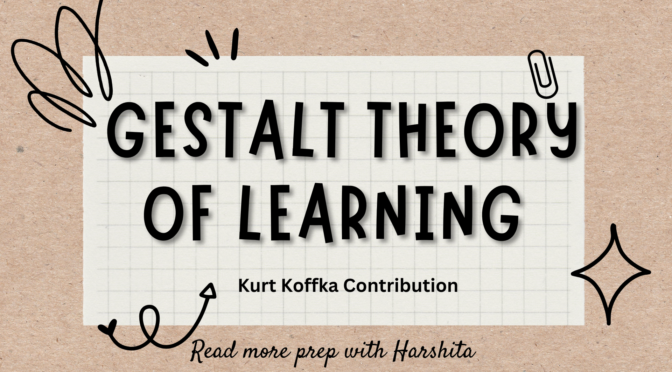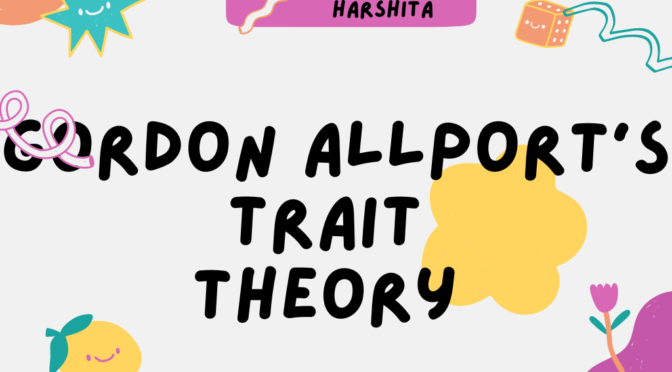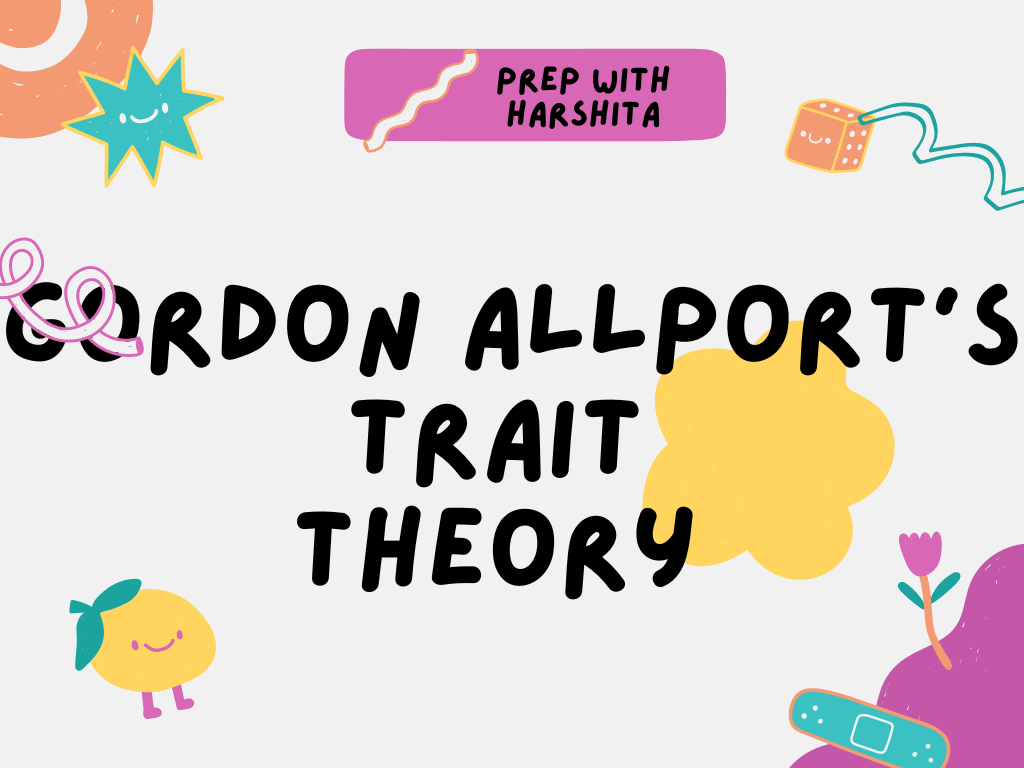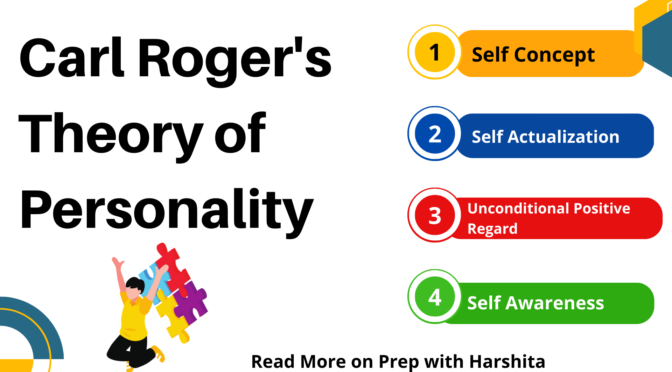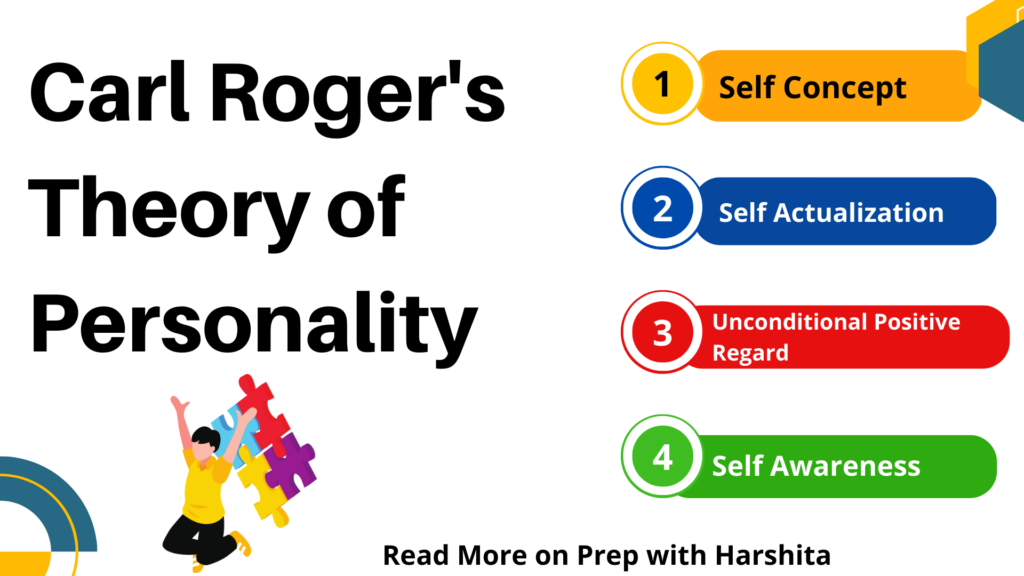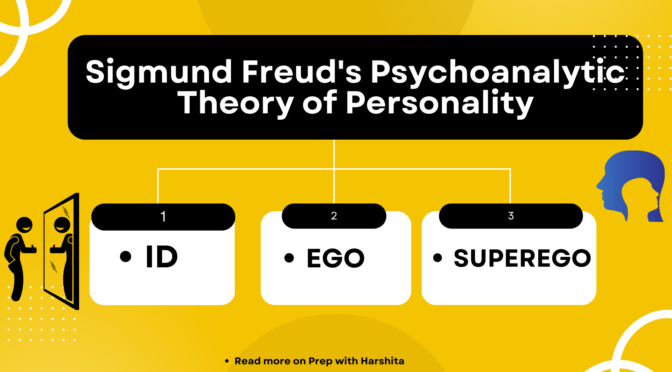The Gestalt theory of learning is a psychological theory that emphasizes the importance of understanding the whole picture or the “Gestalt” rather than just its individual parts. According to this theory, learning involves perceiving, organizing, and interpreting information in a holistic way rather than in isolation.
Gestalt psychologist :
- Gestalt psychologists believed that the human mind has a natural tendency to perceive patterns and organize information into coherent wholes. This is known as the law of prägnanz or the law of simplicity. They also believed that learning is an active process that involves insight, problem-solving, and creativity.
- In the context of learning, the Gestalt theory emphasizes the importance of the learner’s active involvement in the process. Rather than passively receiving information, learners should be actively engaged in exploring and discovering new concepts and ideas.
- The theory also emphasizes the importance of feedback and reinforcement in the learning process.
- Overall, the Gestalt theory of learning emphasizes the importance of seeing the big picture and understanding the relationships between different pieces of information, rather than simply memorizing isolated facts or procedures. It highlights the active and creative nature of learning and the importance of feedback and reinforcement in the learning process.
The main features of the Gestalt theory of learning are as follows:
- Holistic approach: The Gestalt theory of learning emphasizes the importance of understanding the whole picture or the “Gestalt” rather than just its individual parts. It is based on the idea that the human mind naturally organizes information into patterns and wholes.
- Insight and problem-solving: The Gestalt theory of learning emphasizes that learning involves insight and problem-solving, rather than just rote memorization. Learners actively engage with the material and use their own creativity to make connections and discover new insights.
- Active involvement: The theory stresses the importance of active involvement in the learning process. Learners should be actively engaged in exploring and discovering new concepts and ideas, rather than just passively receiving information.
- Feedback and reinforcement: The Gestalt theory of learning emphasizes the importance of feedback and reinforcement in the learning process. Learners need feedback to understand whether they are on the right track, and reinforcement helps to strengthen new connections and insights.
- Perception and interpretation: The theory highlights the importance of perception and interpretation in learning. Learners need to perceive and organize information in a holistic way to understand the big picture and make connections between different pieces of information.
Kurt Koffka Contribution :
Kurt Koffka (1886-1941) was a German psychologist who was one of the founders of the Gestalt psychology movement. He was born in Berlin and studied at the University of Berlin, where he obtained his PhD in 1909. He later worked as a research assistant for Max Wertheimer, who was one of the other key founders of Gestalt psychology.
Koffka Major Contribution to Psychology :
- Koffka’s major contributions to psychology include his work on the perception of objects, which he believed was based on the Gestalt principle of “figure-ground” organization.
- He also developed the concept of “functional fixedness,” which refers to the tendency of people to think about objects only in terms of their conventional uses, and to overlook their potential for other uses.
- Koffka believed that the study of perception and cognition needed to focus on the whole, rather than just the sum of its parts. He argued that the mind actively organizes sensory information into meaningful patterns and wholes, which he referred to as “Gestalten.” This led to the development of the Gestalt theory of perception, which emphasizes the importance of understanding the whole picture, rather than just its individual parts.
Kurt Koffka was a prominent figure in the development of the Gestalt theory of psychology, which emphasizes the importance of understanding the whole picture or “Gestalt” rather than just its individual parts. Koffka believed that the human mind actively organizes sensory information into meaningful patterns and wholes, which he referred to as “Gestalten.”
Koffka’s theory of perception focused on the Gestalt principles of organization, which include:
- Figure-ground organization: Objects are perceived as being distinct from their background.
- Proximity: Objects that are close to each other are perceived as a group.
- Similarity: Objects that are similar to each other are perceived as a group.
- Closure: The mind completes incomplete patterns to create a coherent whole.
- Continuity: The mind perceives smooth, continuous lines and patterns rather than disjointed ones.
Koffka’s theory of functional fixedness focused on the idea that people tend to think about objects only in terms of their conventional uses, and overlook their potential for other uses. This idea has implications for problem-solving and creativity, as it suggests that people need to think outside the box and consider alternative uses for objects in order to come up with innovative solutions to problems.
Also Read : Carl Roger’s Theory

Also Visit : Prep with Harshita

